Finding the Saw Etch
I’m interested in Canadian saw makers – particularly J. Flint, R.H. Smith, Shurly-Dietrich, and T.F. Shurly. I’m always on the lookout for nice examples of their work. However, sometimes I find myself settling for less than nice, such as this sad looking T.F. Shurly saw that I saw on eBay recently. The blade was very rusty, but the paint-splattered handle seemed undamaged and the medallion and saw nuts looked original and complete.
The cost to ship old beater saws is usually prohibitive, but I decided to bid on this saw anyway since I rarely see a T.F. Shurly saw for sale these days. I won it and then crossed my fingers, hoping that the blade was salvageable and that I might be able to clean it and see some of the original etch.
I was happy with the overall condition of the saw when it arrived, but the rust on the blade looked daunting. I knew roughly where the etch should be and began carefully scraping using a slightly dull razor blade in a holder. I have tried many different methods for initial rust removal but this is the one that gives me the most control and the best results.
After some careful scraping I received a pleasant surprise. I was able to expose a light but complete T.F. Shurly etch on the blade.
I finished cleaning the blade and handle and was rewarded with a decent looking T.F. Shurly saw. I typically stop cleaning when both the blade and handle are smooth and useable. I don’t mind if the saw still has some discoloration and signs of wear and age.
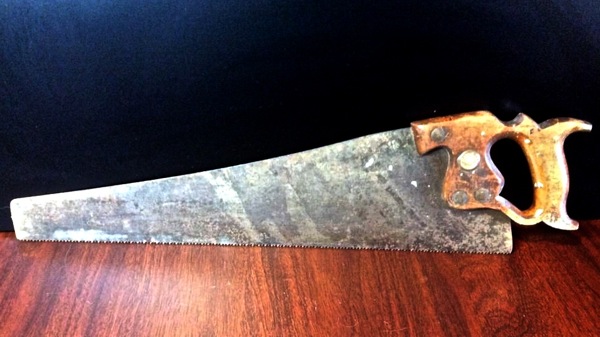
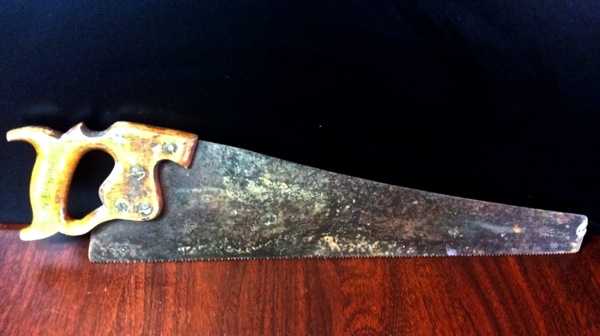
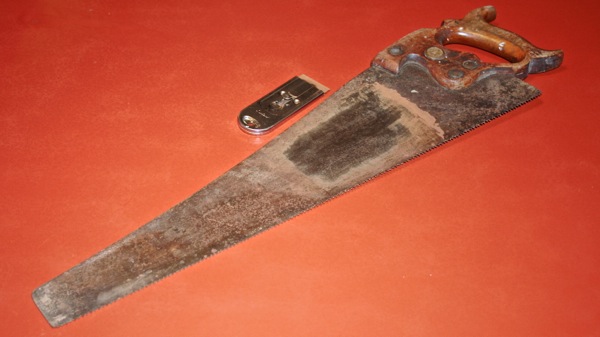
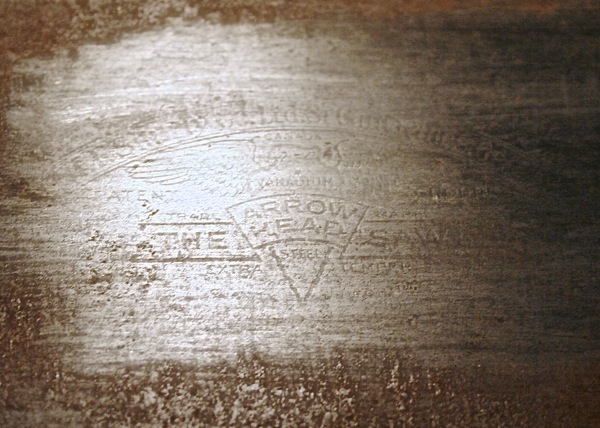
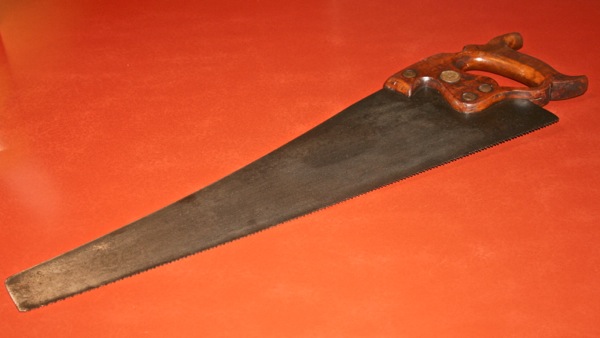
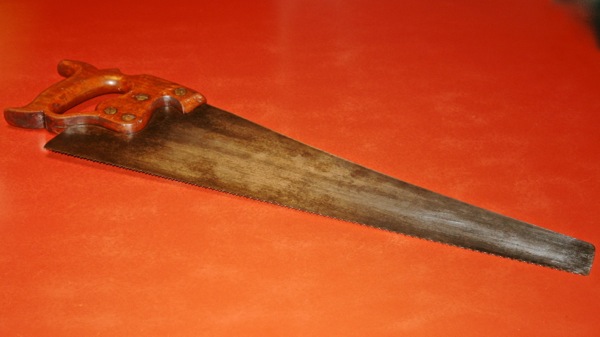
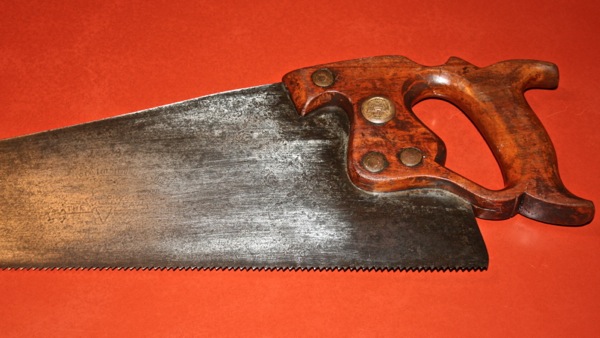
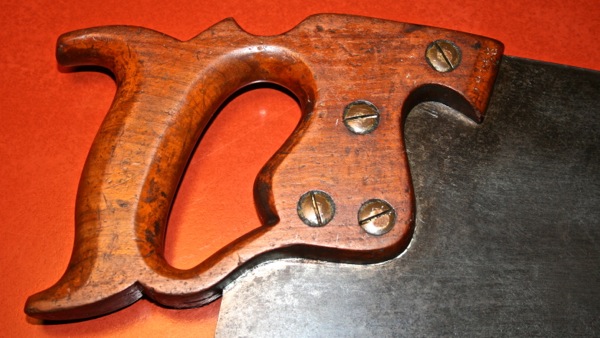
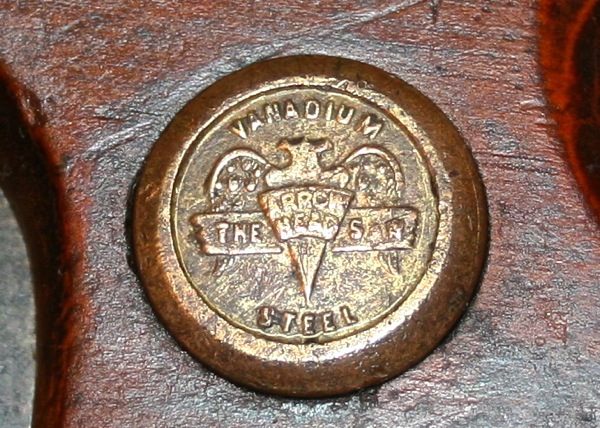
Leave a Reply